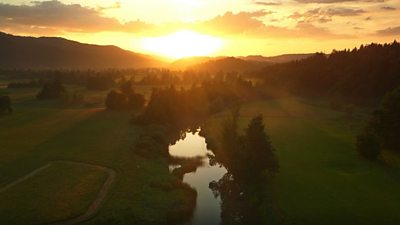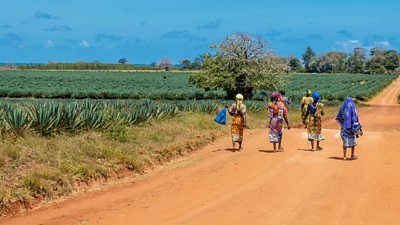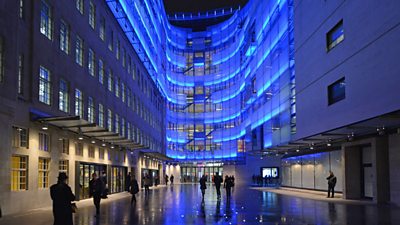Saving our planet is now a communications challenge. We know what to do, we just need the will.
If we cannot imagine our way out of the climate crisis, with the help of creatives, we will – frankly – not make it.
Publication date: November 2021
Overview:
Around the world, media is playing a growing role in helping people to understand climate science, question efforts to reduce carbon emissions and inspire sustainable behaviour.
This shift is powerful and positive. But it could go further– for the benefit of millions of people on the frontlines of climate change who are being pushed deeper into poverty.
Media content produced for people struggling to adapt to climate change - and not just about them - can maximise efforts to address climate change at speed, at scale and at comparatively low cost. It ensures that people most affected by climate change have access to trusted information, can discuss and weigh up their options, raise issues with decision makers, develop appropriate skills, and ultimately take action.
In this era of false and misleading information, we need trusted media and communication at the heart of efforts to tackle climate change.
Our policy note argues that donors, policymakers and climate experts can enhance the impact of their climate change plans and strategies by leveraging the power of media and communication.
Experts interviewed support this:
Experts like myself... we’ve created our own language. We need translators, like the media, to help us reach that bigger audience. And we need to put much greater investment in this.
Carefully crafted media content has the potential to bridge significant gaps in distance, resource, and most importantly trust. It is this trust that will generate agency and change.
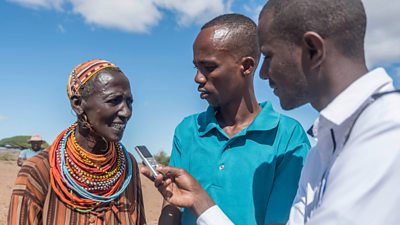
They learn from looking at other farmers, they learn from the agricultural extension [services], and they learn from radio and television. We have some very good radio and television programmes that provide this kind of information to people, and people watch them, and they learn from them.
What we are missing is engaging the media as an active participant. They are not there to be used and just receive instructions… We need to engage them equally.
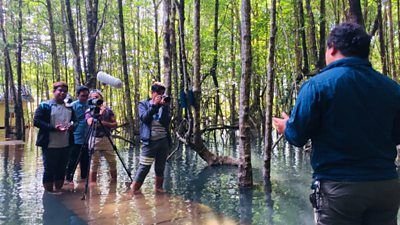
Not only can the media provide vital information and suggest practical solutions to climate-affected communities, but in areas also impacted by conflict, there can be opportunities to help build the social cohesion needed for communities to work together on peaceful solutions ... and increase the voice of those most affected.
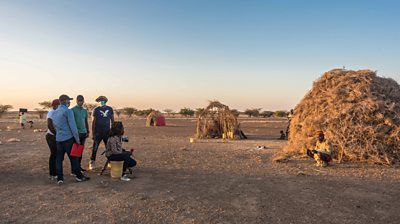
This policy note was prepared thanks to funding from Bright Future Trust, which aims to provide transformational and sustainable support to charities that are changing lives in the UK and around the world.

